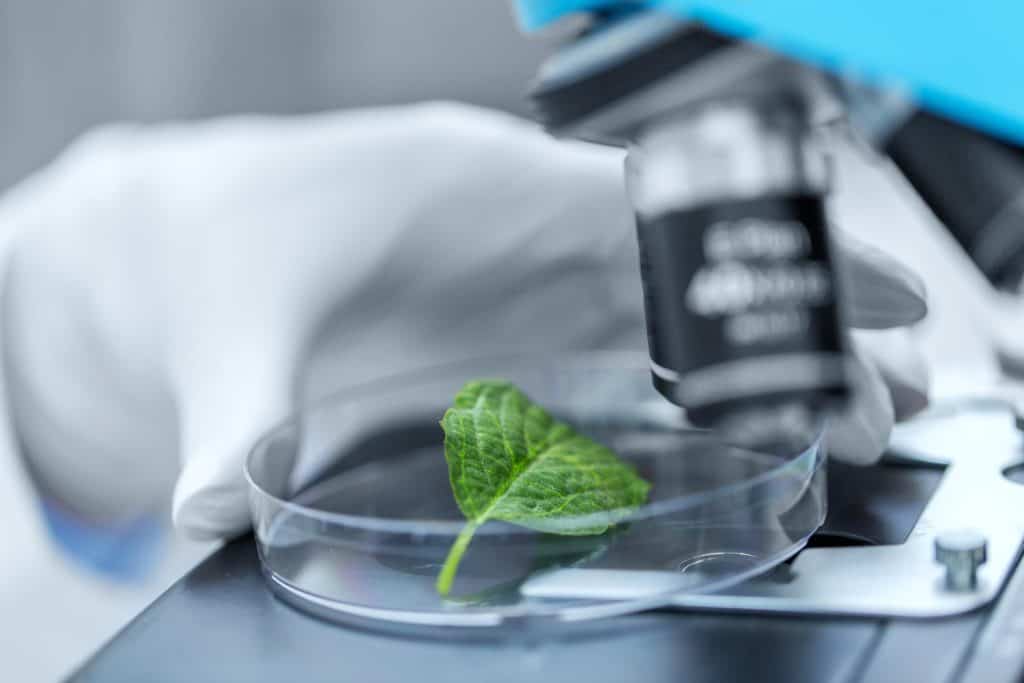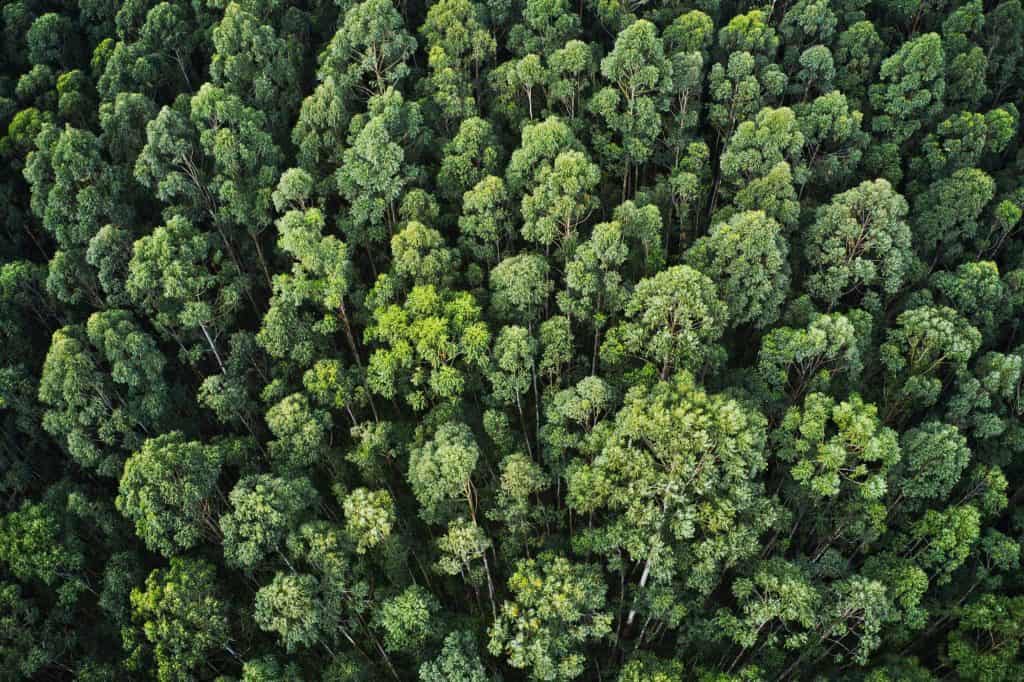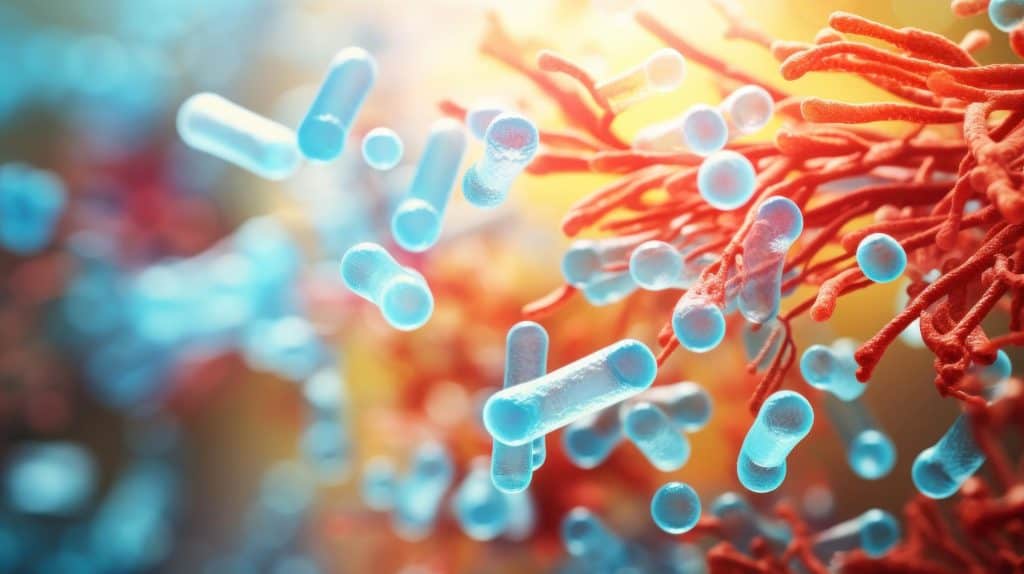
In This Article
There is a growing need worldwide to stop the degradation of our ecosystems and restore degraded sites to guarantee its continue existence. As a result, a lot of innovations and new technologies have surfaced to tackle the issue. Biotechnology is one of such efforts, and one of the most prominent ones, as the tools and mechanisms involved can be implemented in a wide variety of fields of study.
What is Biotechnology?
Biotechnology is a term that refers to any technology, process, practice or tool that uses the chemistry of living organisms to develop new and alternative methods or products which are cleaner and more efficient compared to existing ones. In the last couple decades, it has become a key tool that scientists and businesses are using to innovate and develop environment restoration technology.
Humanity has used biotechnology since the dawn of civilization. Ancient Egyptians used yeasts to bake leavened bread, the Chinese developed fermentation techniques for brewing and cheese making, and the Aztecs used Spirulina algae to make cakes. However, modern biotechnology has evolved a lot. Far from the traditional methods that we have used for thousands of years, we have developed new technologies such as use modern microbiology, molecular biology and genetic engineering to tackle modern environmental issues.
Environmental Restoration

Due to the never-ending expansion of world population, the demand for more products and services as well as the rapid industrialization and urbanization of the planet, we have destroyed our land resources on a wide scale in just a few decades. According to the Intergovernmental Science-Policy Platform on Biodiversity and Ecosystem Services (IPBES), around 75% of the planet´s land surface has been significantly altered by human activity. Moreover:
- More than 85% of the wetland areas have been lost.
- 66% of the ocean area is already impacted by human activity, primarily from excessive fishing and seawater pollution.
- At least 25% of all plant and animal species are already threatened and around 1 million species has already faced extinction.
In this context, protecting global land resources from further degradation and restoring degraded ecosystems is essential to guarantee long-term sustainability of the planet and with it, ourselves. Biotechnology has become a game-changer in this regard as new new scientific and technological developments have made possible the renewal and restoration of damaged, degraded or even destroyed ecosystems.
Particularly, a variety of biotechnological techniques have been developed to assess, analyze, and mitigate environmental pollution. In this article, we will explore some of the most used methods, such as bioremediation, as well as other technology implemented to restore the environment.
Bioremediation
One of the prominent applications of biotechnology in environmental restoration is bioremediation. This branch of biotechnology employs biological agents such as some types of bacteria, fungi, plants or their bioproducts to detoxify and degrade pollutants.

Generally speaking, bioremediation is usually used simultaneously with other physical and chemical treatment methods to effectively manage a diverse group of environmental contaminants.
The most important bioremediation strategies are explored as follows.
Phytoremediation
Plants play a pivotal role in environmental restoration through phytoremediation, a technology that is based on the combined efforts of plants and their associated communities to degrade, remove, transform or immobilize pollutant agents located in soil and water.
The fundamental principles of phytoremediation aren’t new. They have evolved over the course of centuries of waste water engineering, wetland ecological engineering, herbicide and pesticide formulation, and agronomics. In fact, the first plant-based treatment of municipal sewage system was installed over 350 years ago in Germany, which incorporated TK
Modern phytoremediation technology has advanced to the point that it can remove many pollutants like heavy metals, radionuclides, organic compounds, agrochemicals, antibiotics, industry effluents like fertilizers and pesticides and even oil spills. Therefore, the ideal plant species used for phytoremediation are:
- hardy in nature,
- produce high levels of biomass,
- are tolerant to the toxic effects of metals and contaminants,
- are easy to cultivate, and
- are capable of absorbing high amounts of pollutants.
Finding these plants in nature is an essential strategy to for successful phytoremediation of pollutants. Currently, we know of more than 450 plant species that are capable of accumulating heavy metals, around TK
However, there is still a lot to be learned on the subject. Comprehensive information on how to maximize the contribution of each phytoremediation mechanism by appropriate selection of plants, and ways to further enhance the performance of phytoremediation technology is still lacking. A recent study suggests that current science still lacks enough information to effectively determine which aid mechanism can enhance the phytoremediation process the best.
Biofiltration
Biofiltration is another bioremediation technology that treats contaminated air and water through the use of biological filters. These biological filters consist of filter media where microorganisms (mostly bacteria and fungi) attach themselves and oxidize and remove pollutants. Generally speaking, biofiltration technology is capable of removing volatile organic compounds (VOCs) and organic waste.

However, compared to other bioremediation technologies, biofiltration requires much more rigorous and controlled parameters in order to maximize the efficiency of the biodegradation process. Primarily, it needs the following:
- Constant supply of macronutrients, mainly nitrogen, phosphorus, as well as metals and minerals.
- Neutral pH around 7.
- Operating temperatures between 20 and 35°C.
- High levels of moisture.
Because of these considerations, biofiltration has been historically implemented with bioreactor systems, which allow operators to monitor and control the conditions of the polluted water or air for maximum efficiency. Much more recent developments on the field have yielded the use of membrane mechanisms. Here, the contaminants phase transfer into an aqueous or solid phase in the biofilter media.
Bioaugmentation
Bioaugmentation is the bioremediation technology that introduces specific microorganisms into an environment to accelerate natural biodegradation processes. These microorganisms are either selected or genetically engineered to enhance the breakdown of pollutants, aiding in the restoration of contaminated areas.

Generally speaking, you can introduce these bioaugmenting microorganisms into the environment to accelerate naturally occurring biodegradation processes. However there have been some concerns in the scientific community regarding the possible breakdown of native microorganism ecosystems due to the long-term introduction of foreign or genetically modified bacteria. Therefore, bioaugmentation is better implemented in isolated environments like bioreactors while this issue is adressed.
Still, the advanced technical requirements and high costs associated with cultivating these specific microorganisms limit the industrial applications of this technology. Currently, it is better implemented as a supplement to other bioremediation strategies.
Genetic engineering – advanced biofuels
ExxonMobil has emerged as a key player in advancing the frontiers of biofuels, as its research is starting to yield fruits. In the past decade, ExxonMobil has invested more than $300 million on transforming algae-based biofuels into an alternative that could one day compete against traditional, carbon-based fuels. The company has been working to identify and enhance algae strains that will yield high lipid production necessary to produce biofuels in order to reach the desired production rates. These advanced biofuels offer the possibility of achieving significant greenhouse (GHG) emission reduction while minimizing the impact o fresh water, land and food supplies.

This is important as most biofuel currently in the market, such as corn and sugarcane biofuel, require the use of farmland and freshwater to grow. On the other hand, ExxonMobil´s advanced biofuels can grow on land not suitable for agriculture production and can use wastewater from urban areas and even sea water to grow.
According to their most recent report, it is expected that this new technology will be able to produce around 1,500 gallons of biofuel per acre by 2025 – five times more fuel per acre compared to sugar cane and corn yields. Additional benefits of this technology include:
- Consumption of carbon dioxide: Just like every other plant, algae absorb CO2 from the atmosphere to grow. Algae-based biofuels are no exception.
- Lower GHG emissions: On average, algae-based biofuels produce less than 50% of GHG emissions compared to traditional fuels.
- Turning waste to fuel: As we mentioned before, this type of biofuel is capable of growing from wastewater, which can be obtained from urban cities.
- Year round harvest: Algae can be harvested repeatedly throughout the year unlike other feedstocks.
- Adaptability to existing engine systems: Algae-based biofuels can be used in existing diesel vehicles without requiring making major changes to car engines and infrastructure.
Existing challenges and limitations
While existing and upcoming technology are helping with the reduction of pollution from the environment, it is necessary to implement measures that prevent pollutant from entering the ecosystem, particularly heavy metals. Some of the bioremediation technologies described in this article are time-consuming and even with solutions that improve their performance, it is not enough.
No single strategy described in this article and additional literature are enough on their own to solve the issue of environmental restoration. The combination of multiple approaches, including public policies, change sin business practices and public consumption are necessary for maintaining and restoring our ecosystems.
In the grand pursuit of environmental restoration, collaboration and continuous innovation stand as beacons of hope to heal our planets scars.



